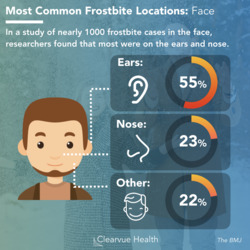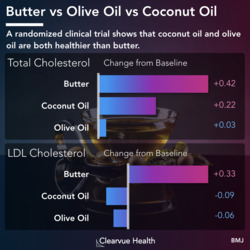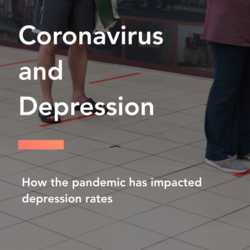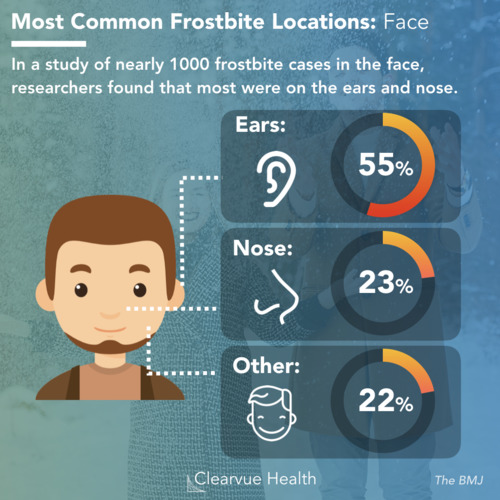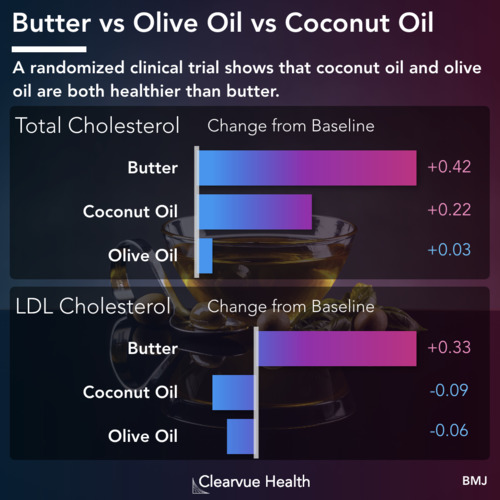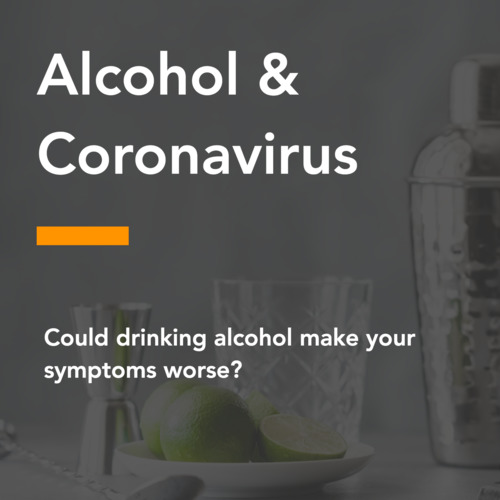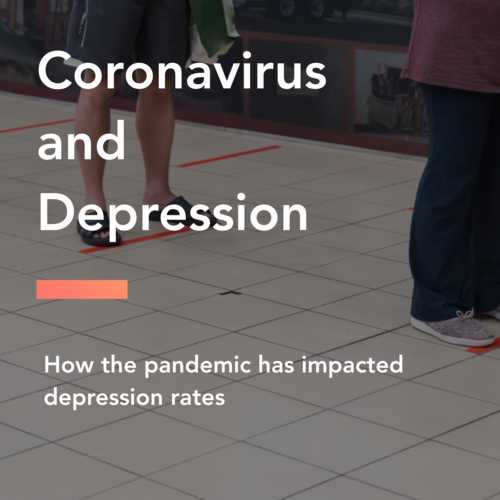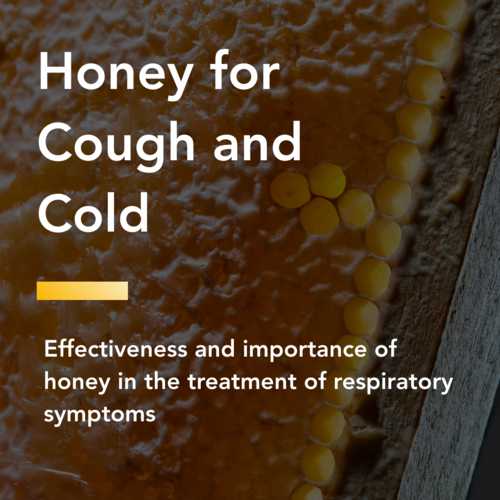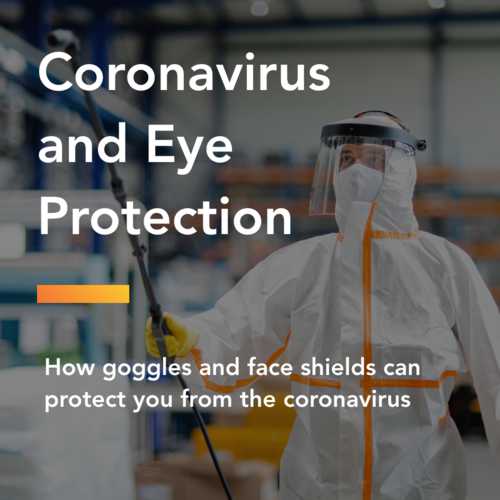Why Cat Bites Matter
While cat bites look a lot smaller than dog bites, cat bites have certain features that make them more dangerous. Cats have thin sharp teeth that dig into skin and drive bacteria deep into the wound. This then causes the wound to potentially close up around the bacteria, which can lead to an infection.
There is a remarkable amount of research around cat bites. We’ve summarized the best studies we could find below to cover everything you wanted to know, or perhaps didn’t want to know, about cat bites.
Where do cats bite?

Not surprising to most who have owned a cat(s), your author included, cat bites most often end up on the hands and arms.
One study in the New England Journal of Medicine estimated that 63% of cat bites were on the patients’ hands, followed by the arm with 23% of bites.
This data suggests that a lot of cat bites come when petting or interacting with cats. Relatively few bites occur on the leg (9%) suggesting that walking away from a frightened cat may be a good strategy.
How often do cat bites get infected?

Cat bites are about twice as likely as dog bites to get infected. While all bites carry bacteria, your body manages to fend off most infections from dog bites.
Nearly 40% of cat bites may lead to an infection according to one estimate, which supports the extra attention medical professionals often pay to cat bites.
Source: The management of bite wounds in children--a retrospective analysis at a level I trauma centre.
How long does it take for a cat bite infection to set in?

If you do get a cat bite, you’ll likely find out pretty quickly if it’s going to get infected.
According to a study in the New England Journal of Medicine, the average patient with a cat bite first noticed their infections about 12 hours after the bite. Dog bites take about twice as long to set in.
For an infection to set in, bacteria need time to get “settled” and multiply in your body which is why there is a delay between a bite and any infection symptoms.
Source: Bacteriologic Analysis of Infected Dog and Cat Bites
What are the symptoms of a cat bite infection?

Infection is the consequence of cat bites that medical professionals are most worried about. If left untreated, infections can potentially lead to scarring, tissue loss, or even life threatening sepsis.
Therefore, it’s important to get an infection from a cat bite treated.
The list above outlines the symptoms of an infected bite. Briefly, infected bites will often appear red and swollen. It may be painful or tender when touched or pressed. A more serious infection may lead to pus or what looks like red streaks down your skin and may cause fever. These red streaks are from the infection traveling down your lymph system.
What should you do if you get a cat bite?

First, be sure to clean the wound. Animal mouths contain a lot of bacteria which is why you want to wash it out with soap and water for around 5 minutes. If you have some antibiotic cream such as neosporin, apply it.
If there is a lot of blood, apply pressure to stop the bleeding.
If you don’t know the rabies status of the animal, try to locate it and call animal control. Rabies is rare but deadly. It’s not something you want to take any chances with.
If the wound is deep, if you see signs of infection as listed above, or if you have any other reason for concern, be sure to see your doctor. Cat bites may look small, but they can turn into serious problems.





